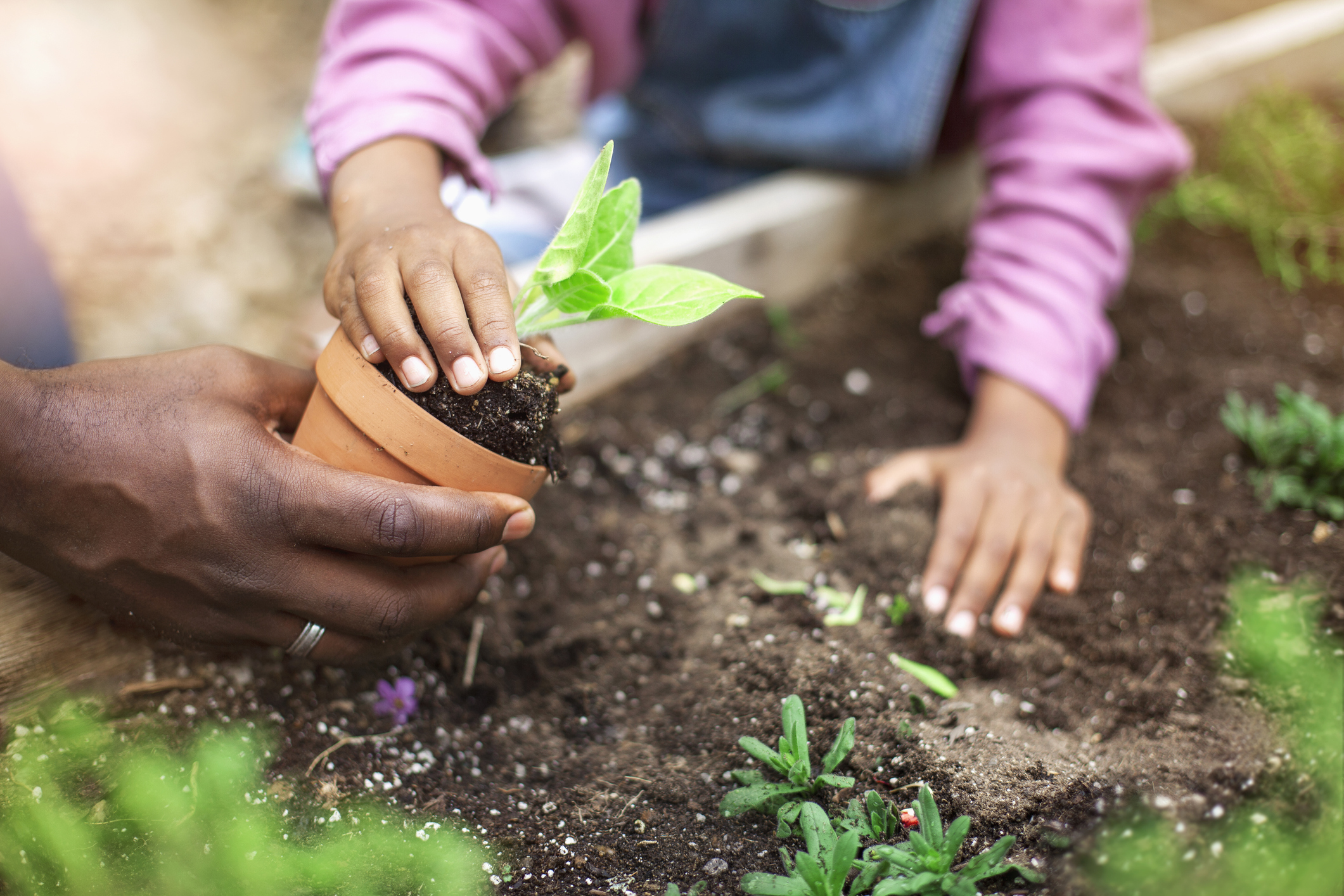
Kids and teenagers who volunteer may be helping not only their communities, but also themselves, according to research published May 30 in JAMA Network Open.
Volunteering through school, a religious organization, or a community group is associated with better overall health and wellness among children and adolescents, the researchers found. Compared to kids who hadn’t participated in community service in the past year, those who had were 34% more likely to be in excellent or very good health, 66% more likely to be considered “flourishing” (a positive measure of overall well-being), and 35% less likely to have behavioral problems.
Kids ages 12 and older who volunteered were also roughly 25% less likely to have anxiety than peers who didn’t, although that finding didn’t carry over to children younger than 12. However, anxiety was more prevalent among older kids: about 19% of kids 12 and older experienced anxiety, versus 11% of those younger than 12.
More from TIME
Those findings come from survey data provided by the parents of more than 50,000 U.S. kids ages 6 to 17, about half of whom reported that their child did some kind of volunteer work. Parents answered questions about their kids’ demographic characteristics, health, and community-service activity. That approach may have skewed the data somewhat, as a parent may not know if their child experiences anxiety or considers themselves to be flourishing. This type of data also can’t prove cause and effect, only uncover associations—so it’s not possible to say for sure that volunteering leads to better mental and physical health. It could be, for example, that people in good health are more likely to have the energy or desire to volunteer.
Read More: Teen Girls Are Facing a Mental Health Epidemic. We’re Doing Nothing About It
The researchers did, however, account for potentially influential factors like household income and religious affiliation. More than 80% of the included kids were from families living above the poverty line and in metropolitan areas, and about two-thirds were white. About a quarter of parents reported some kind of religious involvement.
Despite the new study’s limitations, the data come at an important time for youth mental health. In recent years, rates of depression, anxiety, and suicidal behavior have risen significantly among young people. Recent federal data show that more than 40% of high school students felt sad or hopeless in 2021. About 30% of female and 14% of male high schoolers considered suicide that year.
Given those statistics, there’s a clear need for accessible and effective mental-health resources. Giving back to the community, it seems, may be one such tool—and this study isn’t the only one to reach that conclusion.
Previous research has also found links between volunteering and well-being among adults, perhaps because community service helps people feel a sense of purpose and connection to those around them. Generosity has also been shown to boost happiness and potentially even improve physical health and longevity, which suggests it’s a practice worth cultivating.
More Must-Reads From TIME
- The 100 Most Influential People of 2024
- The Revolution of Yulia Navalnaya
- 6 Compliments That Land Every Time
- What's the Deal With the Bitcoin Halving?
- If You're Dating Right Now , You're Brave: Column
- The AI That Could Heal a Divided Internet
- Fallout Is a Brilliant Model for the Future of Video Game Adaptations
- Want Weekly Recs on What to Watch, Read, and More? Sign Up for Worth Your Time
Write to Jamie Ducharme at jamie.ducharme@time.com